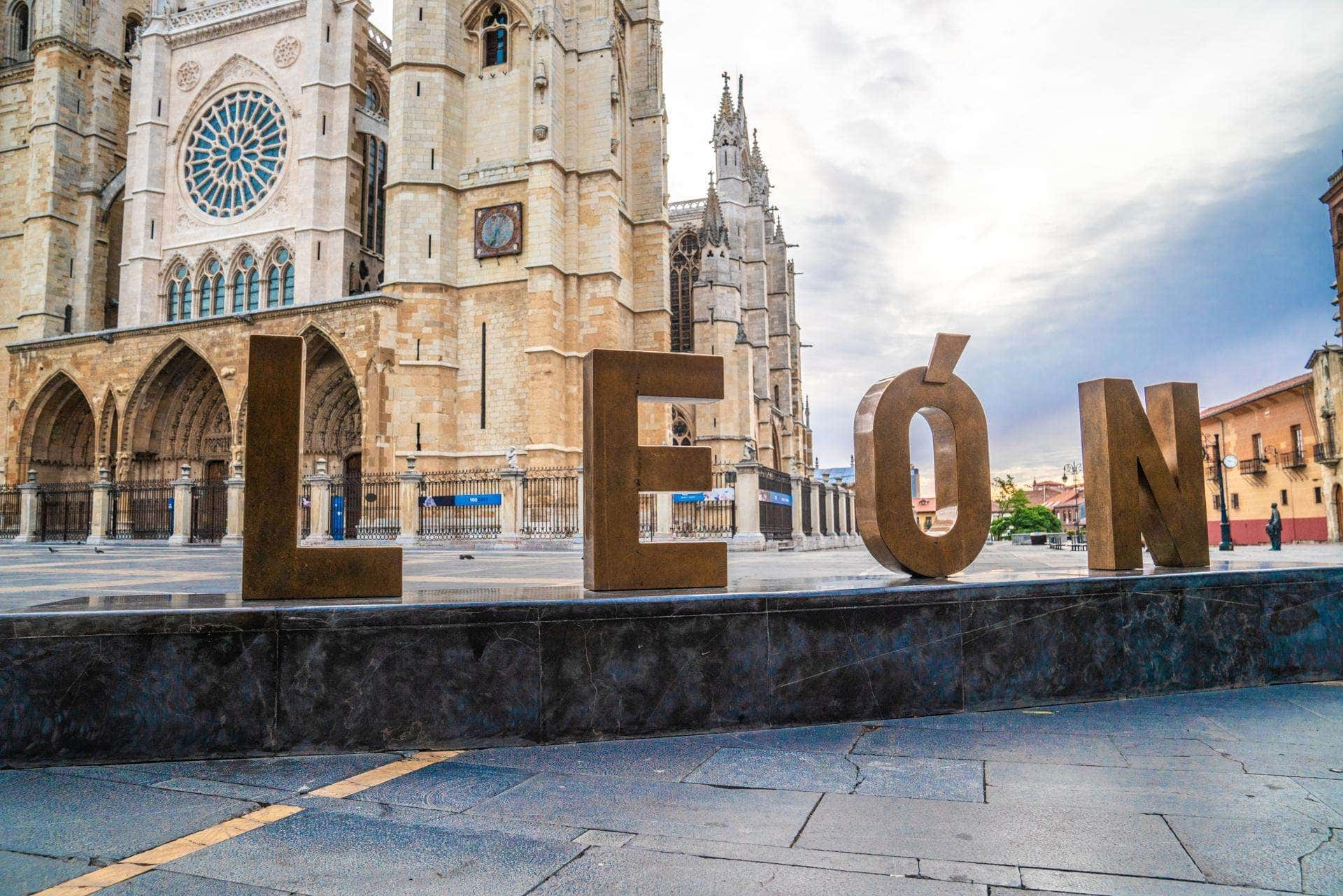My Palace León is located on the outskirts of the Plaza del Grano in the Barrio Húmedo, a privileged location in the heart of the city, just a few meters from the Camino de Santiago and historical monuments such as the Casa Botines, the Plaza Mayor, the Cathedral of León and the Roman wall.
In addition, you can enjoy your shopping in the commercial area of San Francisco and easily access from the RENFE and bus stations. The Avenida de Ordoño II, located near the Parque de San Francisco, is the most emblematic avenue of the capital of León and its main commercial artery.
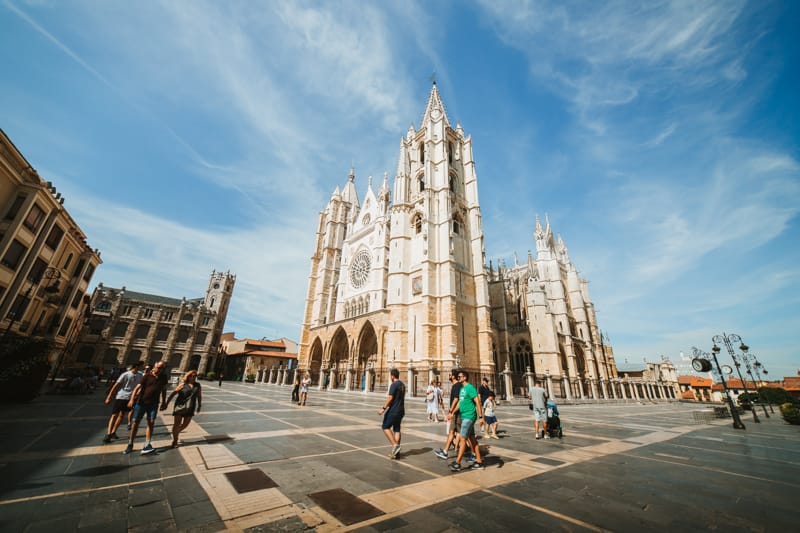
Highlighted areas
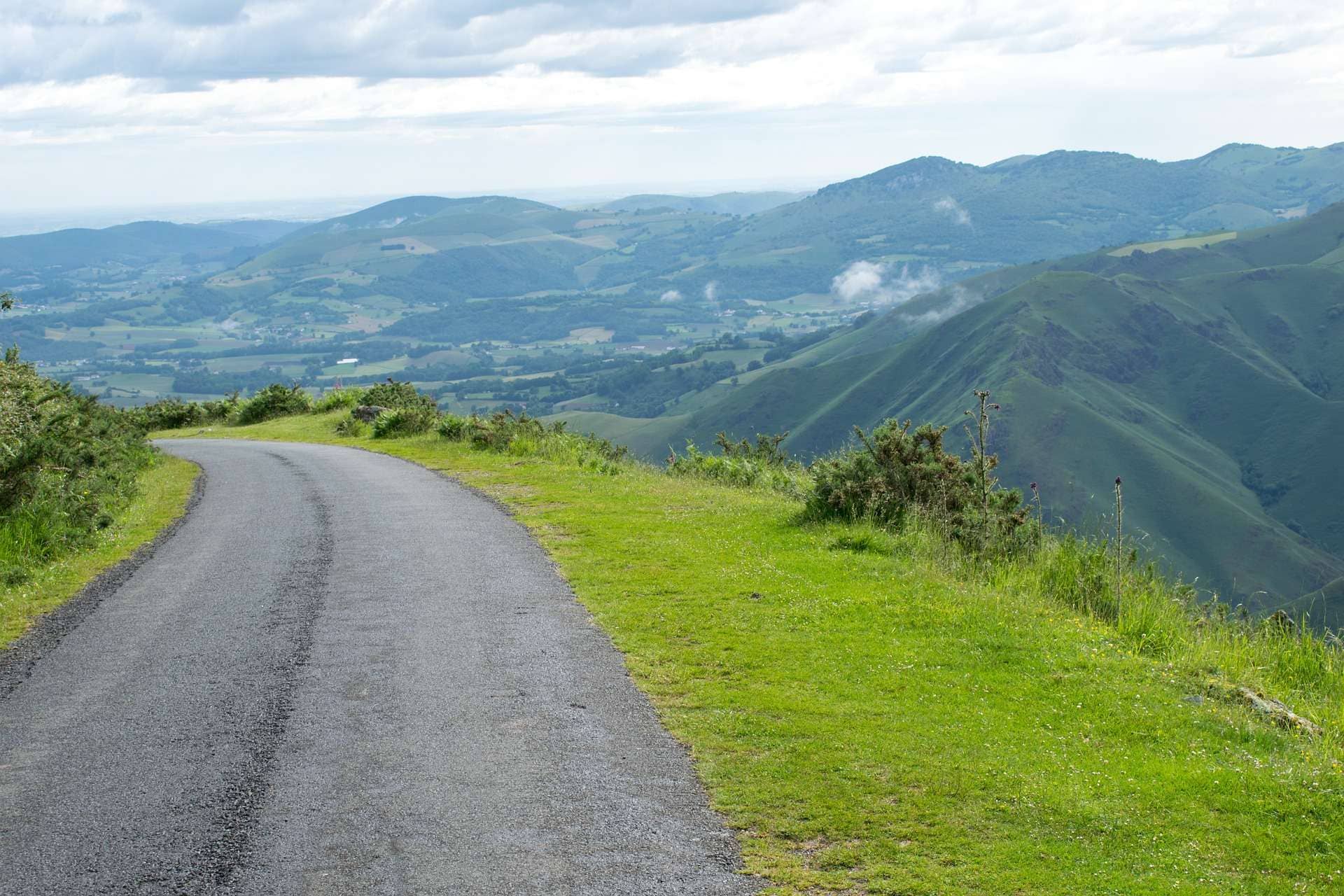
THE CITY OF LEON:
AN OPEN-AIR MUSEUMLeón is a city brimming with a character that amazes all those who stroll through its streets in search of cultural tourism. The capital of the ancient Kingdom of León never ceases to amaze the traveler who comes to learn about its history. Its antecedents date back to the time when the Romans dominated Spain.
Later, Visigoths, Muslims, and Christians inhabited the city. All these cultures have left their mark on the capital of León, which is shown in a beautiful wealth of monuments and art with jewels that can be seen in heritage sites such as the Cathedral, begun in the thirteenth century during the reign of Alfonso X the Wise; the Basilica of San Isidoro, one of the most important examples of Romanesque art in Spain and where we find the Royal Pantheon, nicknamed by experts as the Sistine Chapel of Romanesque Art; the Convent of San Marcos, built by the Catholic Monarchs as headquarters of the Order of Knighthood of Santiago; the palaces of Los Guzmanes, El Conde Luna or the Marquises of Prado; the wall, from the Augustan period and that has its origin in the first century B.C. on a first military fortification. C. on a first military fortification; the Plaza Mayor, where the Consistory of baroque style stands out; the Casa Botines, a work of Antonio Gaudí of neo-gothic style; or the bridges of San Marcos and Castro.
The heritage and historical constructions are added to a modern, serene and livable city that exceeds 120,000 inhabitants and invites them to stroll and relax. Filled with landscaped squares, fountains, large promenades, and wide avenues, León has undergone an important urban development with great care for the environment, with more than one million square meters of green areas. Among its festivities are Easter Week, the San Froilán Festival, the International Trout Week, the renowned Gastronomic Competition, and the International Organ Festival.
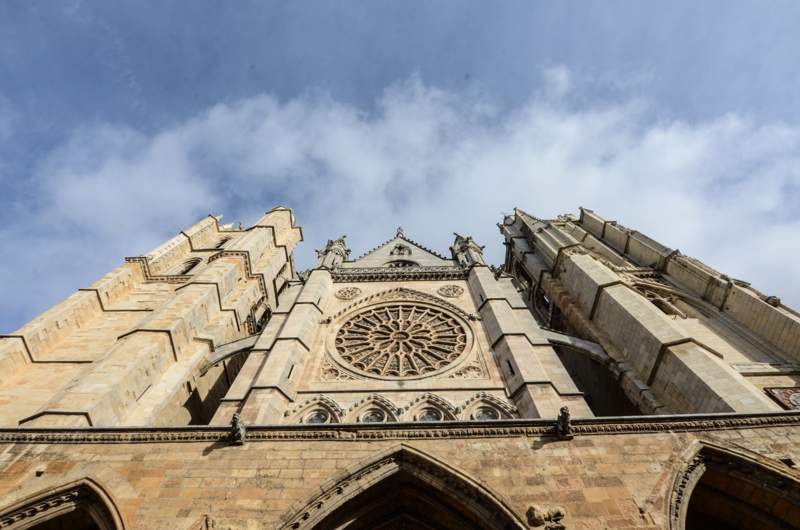
The Barrio Húmedo
Stimulate your sensesThe Barrio Húmedo of León is located in the old part of the city, full of squares and narrow streets where you can stroll. It is also well known as a place where you can go for tapas and have a snack in its innumerable taverns and inns to taste its typical dishes such as cecina, black pudding, Valdeón cheese, botillo del Bierzo, cocido maragato, Valderas cod or trout soup.
The Barrio Húmedo gathers the most traditional corners of the capital, the Plaza de San Martín its neuralgic center. The Ancha Street, which brings together buildings of great solera; the Palacio del Conde Luna, headquarters of the University of Washington and Interpretation Center of the Kingdom of León; the Casa de las Carnicerías of the sixteenth century; and religious buildings such as the Church of Palat de Rey, the Church of San Martín, the Convent of the Conceptionists, the Church of the Market and the Convent of the Carbajalas.
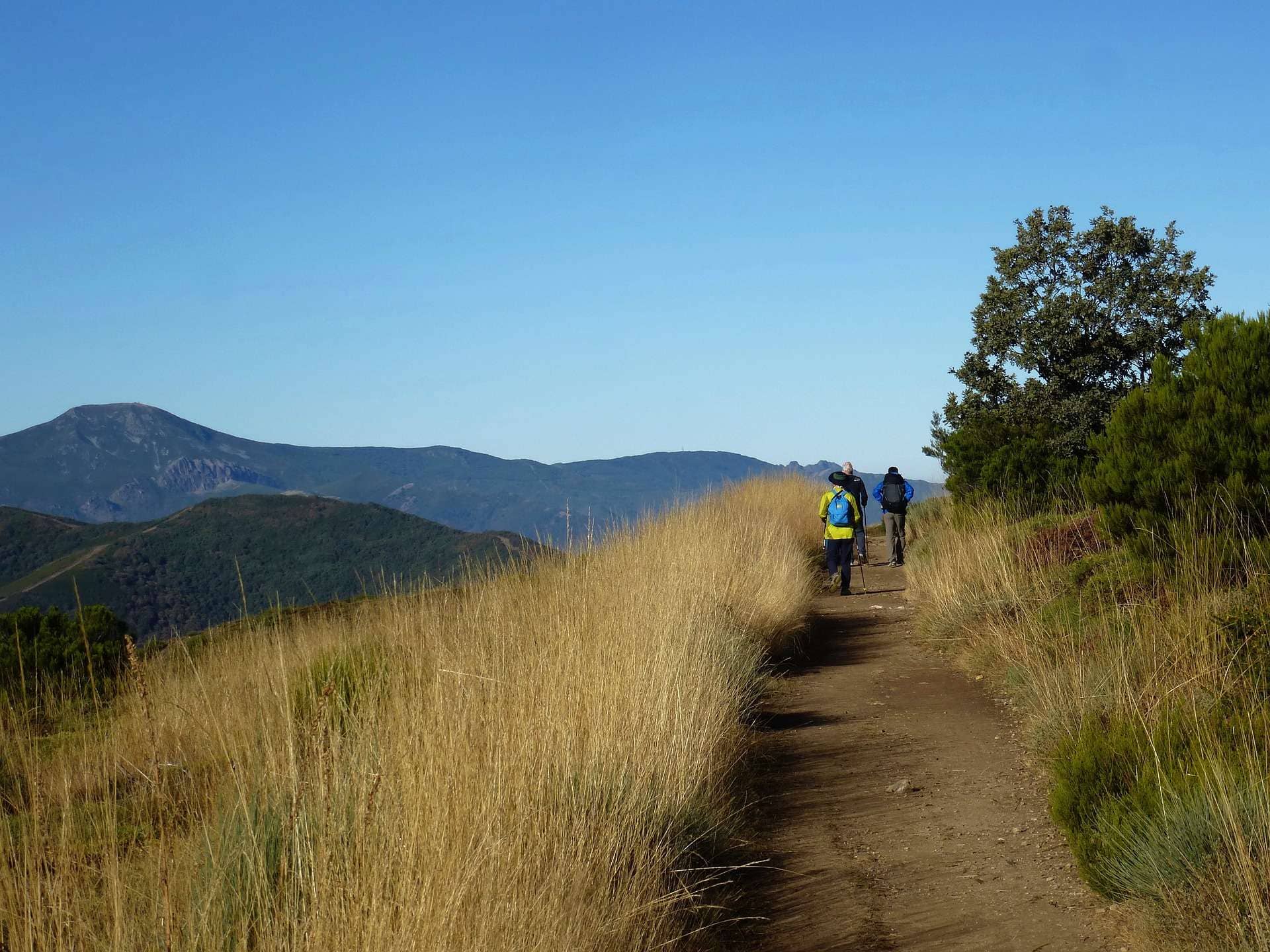
The Way of Santiago
on its way through LeónLeón is recognized as a city that is hospitable to its visitors, a characteristic of yesteryear for being a passage on the Camino de Santiago and which, since the High Middle Ages, has remained intact. For a thousand years, the capital of León has provided lodging for pilgrims, being one of the busiest stages of the Camino and where many begin their pilgrimage, with the city acting as hostess with its humility and wisdom.
Thousands of pilgrims travel through this land every year to begin or continue their journey along the most spiritual and important route in Europe since the end of the 9th century. Undoubtedly, León is an obligatory stop for all those pilgrims who walk towards the tomb of the Apostle.
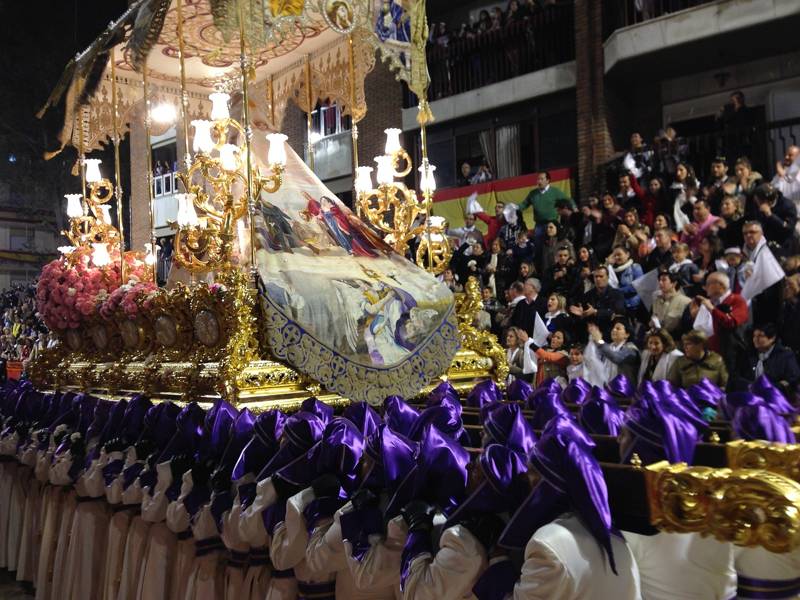
The Holy Week of León
a unique experienceThe Holy Week of Leon is one of the most important cultural, religious and touristic events of this Castilian city. Declared of International Tourist Interest in 2002, it has its origins in the 16th century, although there is evidence of various religious manifestations since the 13th century. From the Friday of Sorrows until Easter Sunday, around forty processions, rounds or viacrucis commemorate the Passion, Death and Resurrection of Jesus Christ with the participation of more than 20,000 brotherhoods or papones, as they are popularly known.
Their brotherhoods, some of them more than four centuries old, go through the streets of the city from temples as relevant as the Basilica of San Isidoro, the Hostal de San Marcos or the Cathedral of León. The sculptural groups that can be contemplated belong to recognized masters of imagery such as Víctor de los Ríos, Luisa Roldán, Juan de Angers, Juan de Juni, Gregorio Fernández or Ángel Estrada.
